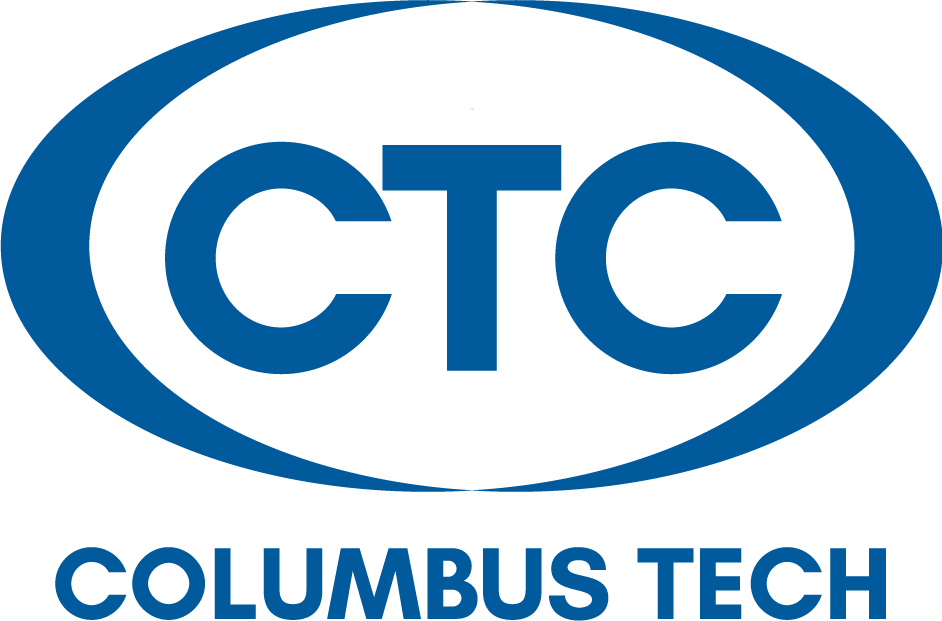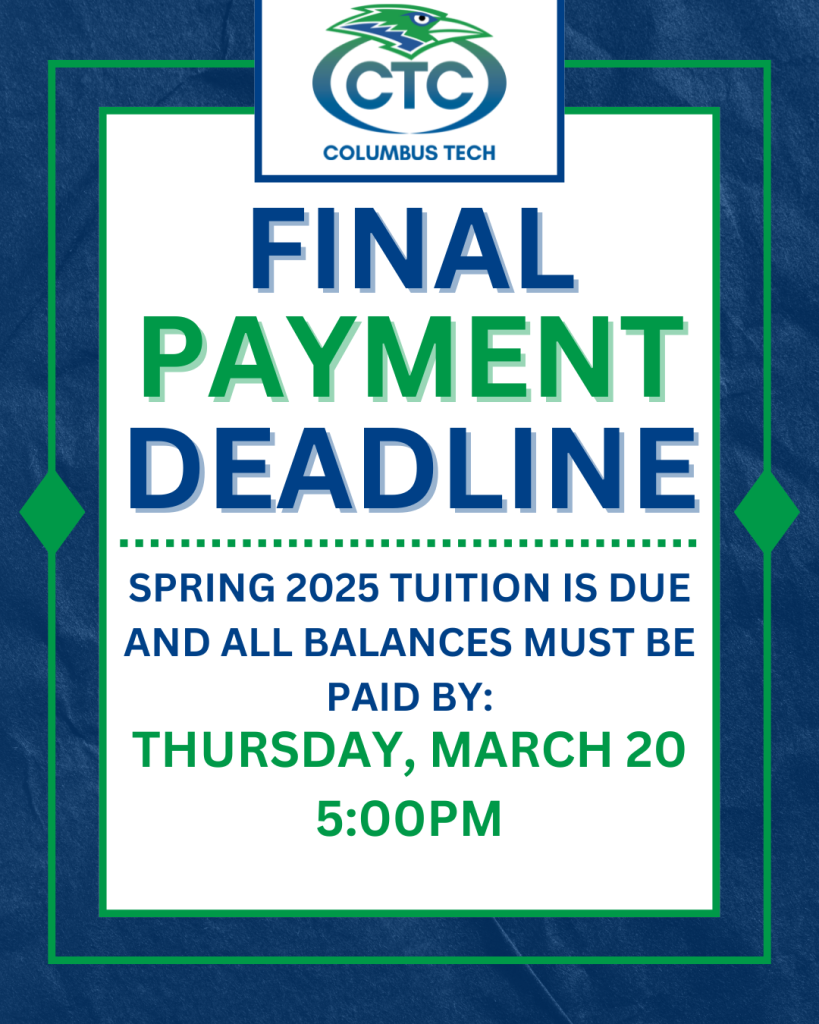Lesson 7: Citing Sources and Fair Use
Learning Objectives
- Identify the main elements of a source citation and recognize resource types based on citation information
- Understand what plagiarism is and how to create correctly-formatted source citations
- Demonstrate basic understanding of information ethics, including U.S copyright law, public domain, and fair use
Estimated time to complete: 60 minutes.
When to Cite A Source
When you quote or paraphrase another person’s ideas in your research paper, speech or presentation, you must provide a proper citation for the source in a bibliography or list of references. The function of a citation is to:
- Give credit to the author or creator
- Enable a reader to locate the source you cited
- Lend credibility to your work.
Be sure to provide full citations to all types of sources you use for an assignment, including:
- Books
- Articles
- Internet sources, including online multimedia and images
- Interviews
- Government documents
- Software
- Non-print media: DVDs, videotapes, MP3s, CDs, audiotapes, pictures and images
Just because something appears on the Web does not mean that you are free to use it without providing a citation. The text, images, and multimedia that are found in a Google search are most likely protected by copyright law. Conveniently, library research databases provide content for students to use for non-commercial purposes and generally provide APA and MLA – formatted citations as well.
Another option is Creative Commons, a nonprofit organization that “will help you find photos, music, text, books, educational material, and more that is free to share or build upon utilizing Creative Commons enabled search services at Google, Yahoo!, and Flickr.”
Avoiding Plagiarism
If you use ideas of others and do not give them credit by providing proper references to their work, you are committing plagiarism. Plagiarism is stealing someone else’s ideas or words and presenting them as your own. At some colleges, plagiarism is punishable by receiving an ‘F’ in the course and either suspension or expulsion.
Summary: This video discusses the definition and types of plagiarism, including buying term papers, copying and pasting without attribution, and paraphrasing without attribution. Tips for MLA and APA citation styles, including support available in library databases are also discussed.
Activity: Test your knowledge of when to cite.
Both activities require Adobe Flash Player and include sound:
- The Cite Is Right (Rutgers University)
- You Quote It, You Note It (Acadia University)
Identifying Citations
The ability to interpret citations or references to various sources of information is a fundamental research skill. In order to be able to locate an item from a bibliography at the end of an article or book or from a database printout, you first need to determine what type of source the item is. Here are examples of the most common types of sources students will find in bibliographies and databases, with clues to determine whether a source is a book or periodical.
Entire Books
Book citations include a publisher, date of publication, and place of publication:

Articles, Essays, or Chapters in a Book
Citations for articles, essays, or chapters in a book include
- The author, title, and page numbers for the specific article, essay, or chapter, and
- The publisher, date of publication, and place of publication for the book containing the article, essay, or chapter:

Periodical Articles
Magazine and journal article citations include volume and / or issue numbers:


Web Sites
Web source citations include an Internet address:

Activity: Correctly identify citations.
This activity requires Adobe Flash Player:
- Citation Tic-Tac-Toe (James Madison University)
Creating Citations
When citing sources in research papers, speeches, or presentations, be sure to use a conventional bibliographic style. When using presentation software, such as Microsoft PowerPoint, Apple Keynote, or Corel Presentations, place citations for direct quotes and images in a smaller font at the bottom of the slide, and at the end of the slide show. Graphics from the Web that are not in the public domain should be cited.
Most disciplines have a standard style that writers are expected to use. Each style will specify a uniform way of citing sources that will:
- Give an orderly appearance to your bibliography
- Provide all the essential elements of information that a reader will need to locate the source.
At a minimum, a citation must include:
- Author
- Title
- Date
- Source
- Publisher name and location for books
- Publication title, volume, and page numbers.
Writing and Citation Style Guides
Most instructors require you to use a particular bibliographic style. If you are unsure about which style to use, ask your instructor. Here are three commonly used bibliographic style manuals that are available in your college library. These guides show how to cite a variety of sources, including documents from the World Wide Web.
| APA Style | |
|---|---|
 | Publication Manual of the American Psychological Association. 6th ed. Washington, DC: APA, 2009. Print. APA style is often used by researchers in the social sciences, e.g. psychology, sociology, education, etc. The Online Writing Lab (OWL) at Purdue University is another source of information on APA style. Available in your library. |
| Chicago Style | |
 | Chicago Manual of Style. 16th ed. Chicago: Univesity of Chicago Press, 2010. Print. Chicago style is used by historians, as well as students in all disciplines. The Writing Center @The University of Wisconsin – Madison is another source of information on Chicago style. |
| MLA Style | |
 | The MLA Handbook for Writers of Research Papers. 7th ed. New York : Modern Language Association of America, 2009. Print. MLA style is used by writers in the humanities disciplines, e.g. language, literature, performing arts, etc. The Online Writing Lab (OWL) at Purdue University is another source of information on MLA style. Available at your library. |
Many other organizations have specialized writing style guides, including:
- Council of Science Editors (CSE)
- American Medical Association (AMA)
- American Political Science Association (APSA)
Citations From Library Sources and Databases
Books in the library catalog do not have an automatic citation function. You should consider following OWL Purdue guidelines for books in APA or MLA format.
Articles in EBSCO provide citations in multiple formats. Use the  Cite link under the Tools bar on the right hand side.
Cite link under the Tools bar on the right hand side.
Articles in ProQuest provide citations in multiple formats. Click on the  Cite link above the article and select your preferred citation style from a drop down menu. APA is the default style.
Cite link above the article and select your preferred citation style from a drop down menu. APA is the default style.
<– previous page | return to top
Date last modified: 9/29/2015
Contact Saxony Betts for questions or comments.
Based on Connect for Success by Tara Cassidy at Virginia’s Community Colleges. Used with permission.
This work is licensed under a Creative Commons Attribution-ShareAlike 4.0 International License.


